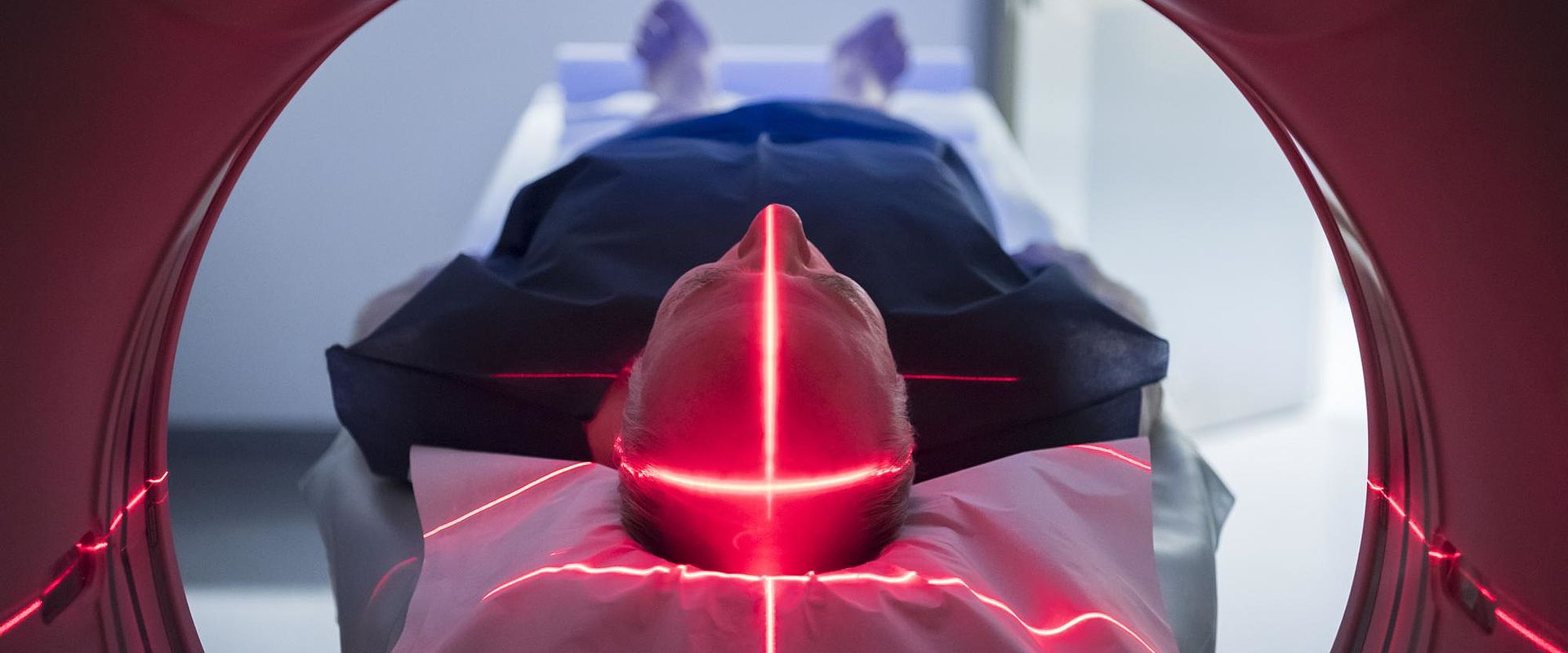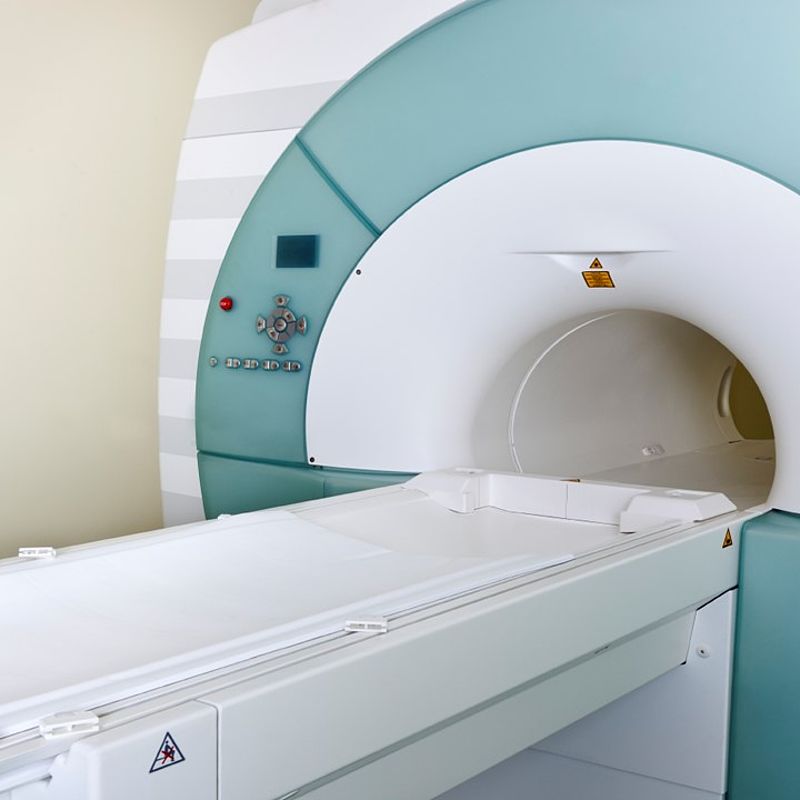
Safer MRI for metal implant wearers
Challenge
Magnetic Resonance Imaging (MRI) plays a vital role in diagnosing conditions such as joint, spine and tissue problems, as well as various cancers. Thirty million patients in the EU undergo MRI exams each year. However, 8–10% of the European population have metal implants meaning that additional precautions have to be taken to ensure MRI scans are safe for them.
MRI magnetic fields can cause heating in metal stents necessary to keep blood vessels open or permanent pins and plates holding broken bones in place. If they get too hot, this can damage surrounding tissue. However, in many cases MRI can be adapted to be safe for patients with implants. Shorter scans can be used to reduce heating effects, and modern MRI scanners allow much more operator control of magnetic imaging fields. Knowing exactly how MRI affects implants relies on accurate measurements of tissue heating caused by MRI magnetic fields. New measurement methods are needed so that MRI operators can confirm that imaging of a patient with a metal implant is safe.
Solution
The EMRP project Metrology for next-generation safety standards and equipment in MRI developed new methods to measure the power of MRI fields absorbed by torso and head models of the body and then related this to the heat it would generate if a metal wire implant was present. This approach enables the replacement of existing numerical simulations with a robust measurement method and a validated theoretical model.
The project used a replica of the human body to determine the reflected radiofrequency waves and related this to actual fields measured during MRI scans. With this information the team were able to derive a method for accurately measuring the reflected radiofrequency waves and validate computer simulations for tissue heating for specific implants during MRI scanning.
Impact
Medical technology company and MRI manufacturer, Philips, has built on project evaluations of tissue heating caused by metal implants during MRI scanning to offer hospitals greater confidence in the safe use of its scanners for patients with metal implants. The project’s innovative radiofrequency field measurement method based on detecting reflected waves was used by Philips to design improved controls for its new MRI scanners. New software upgrades have been introduced by Philips, leveraging the project simulations that relate MRI field strength to heating induced in metal implants and surrounding tissue.
This enables MRI operators using Philips technology to estimate the effects of imaging on patients with metal implants and make adjustments to scan procedures to ensure these are within pre-set safety requirements. This will make it possible to tailor imaging to individual patient safety requirements by using a weaker field or shorter imaging times. Philips are about to start marketing new machines which can monitor tissue heating ensuring the safety of patients with metal implants – an innovative market leading capability.
As new scanners incorporating improved strategies for patient safety are rolled out, MRI scans will be opened up to more of the population with the ultimate goal of making this type of advanced medical imaging safe for everyone.
- Category
- EMRP,
- Health,
